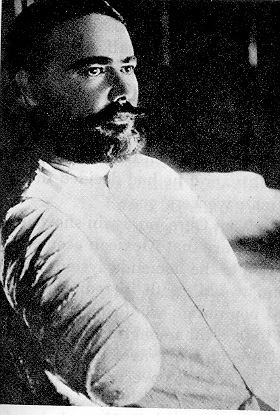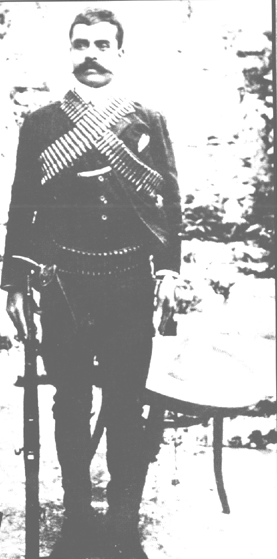|
 Obregon |
 Zapata |
The anti-caudillo
Revolution?
|
 Obregon |
 Zapata |
|
The history of Latin American revolutions had been one of caudillos, men with a well-defined power base, cunning and charisma. Usually they were from wealthy and influential families that helped to define their power base. The Mexican Revolution of 1910 might have gone this way. Carranza, the man who called for the Revolution upon the death of Madero, was the governor of Coahuila and had an established power base. It was the other leaders that entered into the Revolution that prevented it from being a caudillo revolution.
Alvaro Obregon - A Northwestern general, was a Constitutionalist and at the end of
the Revolution he attempted to reconcile Villa and Carranza.
Emiliano Zapata - a true agrarian reformer, he became disgruntled with Maderos lack of attention to agrarian reform and called for the redistribution of private land to the villages.
Francisco Villa - Revolutionary from the Northern Mexican state of Durango. Also called for agrarian reform and the dissolution of the Porfirian run army and police force.
These leaders of the Revolution were not caudillos, but true revolutionaries looking to rid their people of the yoke of foreign oppression through puppet governments too weak to defend the rights of the people.
Were the land and valuables captured by Villa and other Revolutionary leaders the booty of war or true attempts at the redistribution of wealth to the masses?